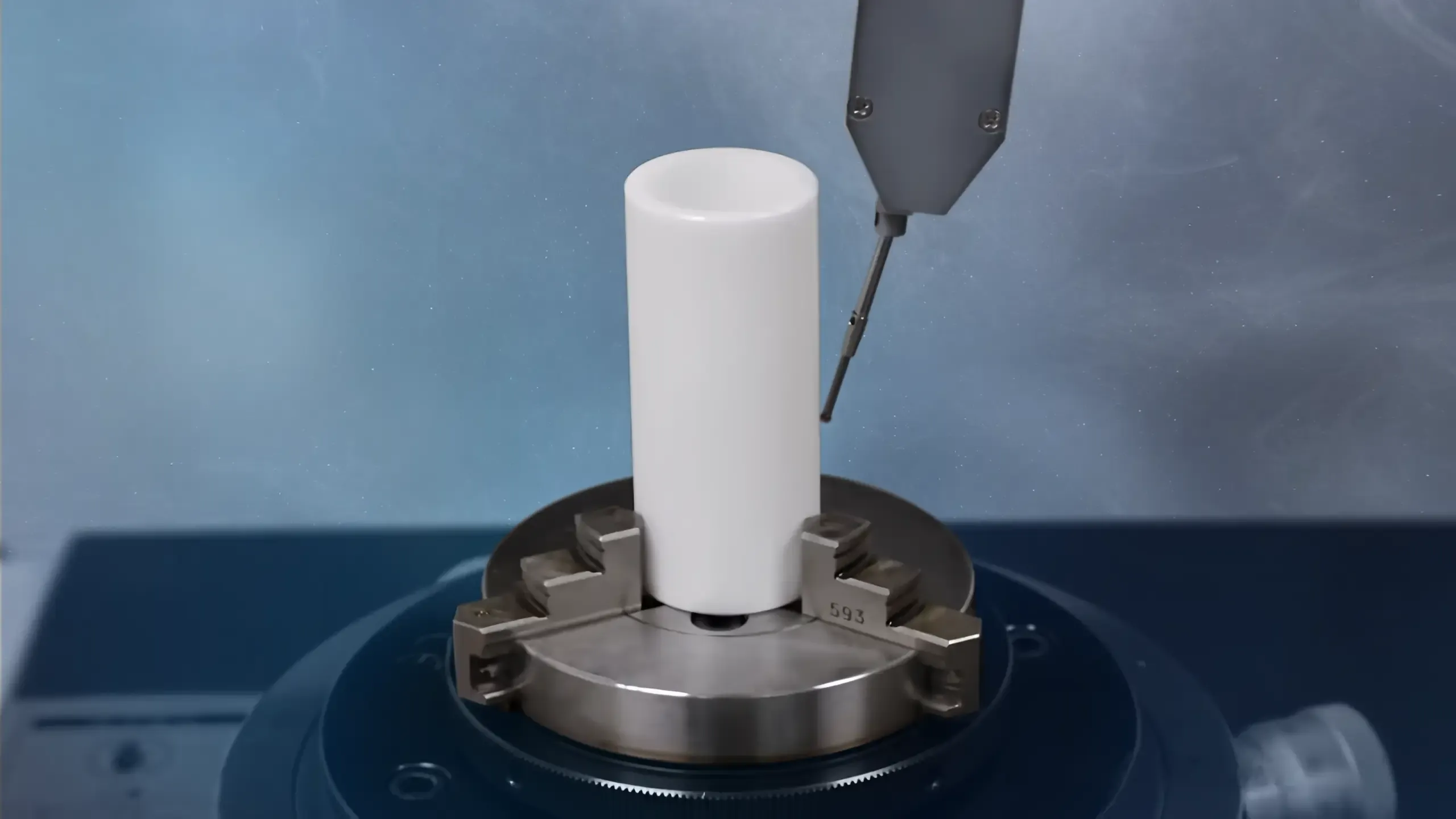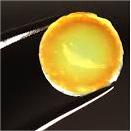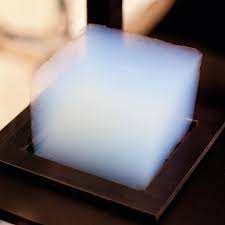Professional industry ceramic supplier, silicon nitride, silicon carbide, aluminum nitride and any other kinds of ceramics.
1. Introduction
In the past 48 hours, industrial ceramics manufacturers have reported a surge in demand for high-performance refractory components—especially silicon carbide crucibles—driven by growth in lab-scale metal casting and renewable energy material processing. As more hobbyists and professionals turn to advanced ceramics for high-heat applications, knowing how to properly use and care for a silicon carbide crucible has never been more important.

Silicon carbide crucibles are prized for their exceptional thermal conductivity, resistance to thermal shock, and ability to withstand temperatures above 1600°C (2912°F). But even the toughest crucible can fail prematurely without proper handling. This guide gives you actionable steps to get the most out of your investment.
2. Understanding Your Silicon Carbide Crucible
A silicon carbide crucible is made from sintered silicon carbide (SiC), an advanced ceramic known for hardness, chemical inertness, and stability at extreme temperatures. Unlike alumina (Al2O3) or zirconia crucibles, silicon carbide offers faster heat transfer and better resistance to molten non-ferrous metals like aluminum, copper, and brass.
It’s worth noting that while boron carbide vs silicon carbide debates often arise in armor or abrasive contexts, silicon carbide remains the go-to for crucibles due to its balance of cost, machinability, and thermal performance. Meanwhile, silicon nitride crucibles—produced by specialized factories—are used in ultra-high-purity applications but are significantly more expensive.
3. Step-by-Step Guide to Using a Silicon Carbide Crucible
3.1 Pre-Use Preparation
Before first use, inspect your silicon carbide crucible for cracks, chips, or surface defects. Even hairline fractures can lead to catastrophic failure during heating.
- Clean the interior with a soft brush to remove any dust or manufacturing residue.
- Perform a gradual pre-firing (also called seasoning): Heat the empty crucible slowly to 600–800°C over 1–2 hours, hold for 30 minutes, then cool naturally. This removes moisture and relieves internal stresses.
3.2 Loading and Melting
Never fill the crucible beyond 75% capacity. Overfilling increases spill risk and thermal stress.

- Use clean, dry charge materials to avoid steam explosions or chemical reactions.
- Avoid sudden temperature changes. Always ramp up heat gradually—no more than 200°C per hour until reaching 1000°C.
- When melting metals, use appropriate fluxes sparingly; some can corrode SiC over time.
3.3 Handling During Operation
Always use tongs designed for high-temp ceramics. Never place a hot crucible on a cold or wet surface—this causes thermal shock.
- Keep the crucible centered in the furnace to ensure even heating.
- Avoid direct flame impingement from burners; if using silicon carbide burner nozzles, ensure proper alignment to prevent localized overheating.
4. Common Problems and Solutions
4.1 Cracking or Spalling
Cause: Rapid heating/cooling or mechanical impact. Solution: Always follow slow ramp-up and cool-down cycles. Store crucibles on padded shelves away from vibration.
4.2 Metal Penetration or Erosion
Cause: Prolonged exposure to aggressive melts (e.g., molten iron or certain slags). Solution: Limit use to compatible metals. For highly corrosive environments, consider a silicon nitride crucible or protective coating.

4.3 Contamination of Melt
Cause: Residual oxides or previous melt residues. Solution: Thoroughly clean between uses. For critical applications, dedicate one crucible per metal type.
5. Cleaning and Storage
After cooling completely, remove solidified residue with a non-metallic scraper. Never use steel tools—they can embed particles that weaken the structure.
- For stubborn deposits, soak in a mild acid solution (e.g., diluted vinegar) for a few hours, then rinse with distilled water.
- Store in a dry, dust-free environment. Stack carefully or use individual cradles to prevent chipping.
6. When to Replace Your Crucible
Even with perfect care, silicon carbide crucibles wear out. Replace yours if you notice:
- Deep pitting or wall thinning
- Visible cracks, even if small
- Warping or deformation
Don’t try to patch or repair a damaged crucible—it’s a safety hazard.
7. Bonus: Beyond Crucibles—Other Silicon Carbide Ceramic Products
While this guide focuses on crucibles, silicon carbide is used across many high-performance applications. You’ll find it in silicon carbide ceramic tiles for kiln linings, RBSiC silicon carbide tile blocks for structural support, silicon carbide ceramic columns for filtration, and even silicon carbide ceramic baking dishes for gourmet cookware. Unlike fragile porcelain, these items leverage SiC’s durability for both industrial and culinary use.
For extreme environments, engineers may choose silicon nitride rings, custom silicon nitride heat shields, or silicon nitride plates—especially where oxidation resistance above 1400°C is critical. But for most foundry or lab needs, the silicon carbide crucible remains the gold standard.
8. Conclusion
A silicon carbide crucible is a powerful tool—but only if treated with respect. By following these practical steps for pre-firing, controlled heating, careful handling, and proper storage, you’ll extend its life and ensure consistent, safe performance. Whether you’re melting aluminum in a backyard foundry or processing advanced alloys in a lab, mastering these basics makes all the difference.
Our Website founded on October 17, 2012, is a high-tech enterprise committed to the research and development, production, processing, sales and technical services of ceramic relative materials such as How. Our products includes but not limited to Boron Carbide Ceramic Products, Boron Nitride Ceramic Products, Silicon Carbide Ceramic Products, Silicon Nitride Ceramic Products, Zirconium Dioxide Ceramic Products, etc. If you are interested, please feel free to contact us.





